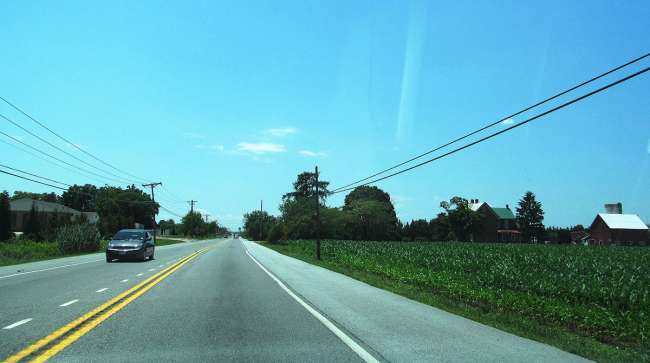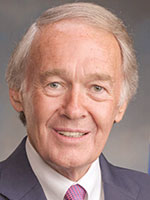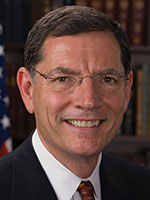Senate Democrats Again Criticize Trump’s Infrastructure Proposal

WASHINGTON — President Donald Trump’s infrastructure plan continues to disappoint Senate Democrats critical of a proposal that would rely heavily on private sector investors to advance large-scale infrastructure projects.
Democrats on the Environment and Public Works Committee who panned the White House’s decision in February to use $200 billion in federal funds to spark additional infrastructure investments of $1.3 trillion over a decade, reiterated their concerns on July 11.
“If we want to modernize America’s infrastructure, we have to be committed to making those investments,” said Sen. Ed Markey (D-Mass.). “The administration assumes that as a condition of receiving federal assistance, cash-strapped states and local governments will have to work with private investors to cover the other $1.3 trillion by using credit programs.”

Markey
Markey went on to explain a number of infrastructure projects do not generate requisite traffic that would appeal to private sector investors. Maryland Democrat Sen. Ben Cardin agreed.
“One of the things President Trump tried to do is leverage more of the federal funds by asking the states and local governments to come up with more of their funds,” Cardin said. “I’m one who believes, as I think the majority of this committee believes, we should be having a more robust federal infrastructure program with federal funds.”
When asked about the administration infrastructure proposal, Douglas Holtz-Eakin, president of American Action Forum, said the $1.5 trillion objective stemming largely from outside investors “was extremely optimistic.”
Delaware Sen. Tom Carper, the committee’s ranking Democrat and a champion of raising user fees to fund infrastructure projects, acknowledged the difficult road ahead for advancing an infrastructure plan that would adopt a higher federal fuel tax. Those taxes, used to fund infrastructure maintenance projects, have not been raised since the Clinton administration.
Carper suggested, instead, that Congress consider adopting a vehicle miles traveled tax that would charge users based on the amount they drive. “My sense is that’s where we’re going, ultimately,” he said.
While Carper also touted potential benefits to cities and states resulting from federal finance programs, such as the Transportation Infrastructure Finance and Innovation Act (TIFIA) and its counterpart for water projects, he noted their limitations.
“Loan programs are not a replacement for public funding, nor should they be. The TIFIA program has now been authorized for 20 years, during which time just 67 loans have been made,” Carper said.
In Carper’s home state, a project to increase capacity along Delaware U.S. Route 301, was awarded a TIFIA loan of more than $200 million in 2015. Brian Motyl, assistant director of finance and transportation trust fund for Delaware Department of Transportation, emphasized the boost realized from the loan.

Barrasso
“It accelerated the project in that there would be no project without the TIFIA loan,” Motyl told the committee. “So, it’s a valuable tool.”
Environment and Public Works Committee Chairman John Barrasso (R-Wyo) emphasized the water infrastructure policy bill the panel recently advanced to the floor and expected to reach the floor this summer includes infrastructure loan incentives programs.
“Loan and loan-guarantee programs often allow expensive projects to be delivered in a timely fashion and at a reduced cost,” Barrasso said.
TIFIA, as well as the Water Infrastructure Finance and Innovation Act, provide credit for projects of regional and national significance.
Trump, meanwhile, suspended the promotion of infrastructure policy this year. Instead, the White House indicated infrastructure funding proposals would be promoted by Trump next year. Providing grants for rural projects, promoting tolling and streamlining the environmental permitting process for construction projects to two years are key aspects of the plan.




